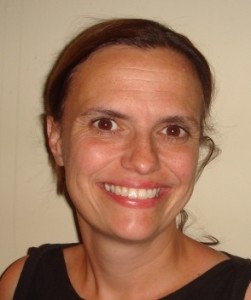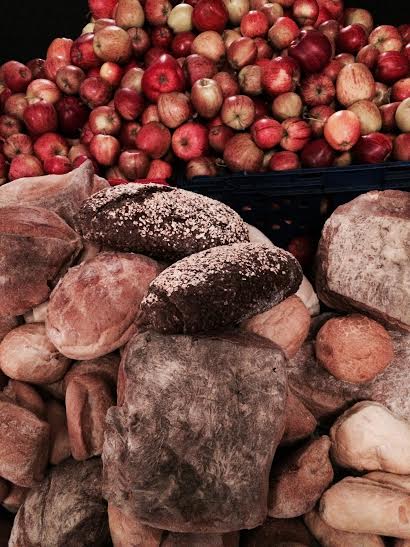A growing number of people in Brighton and Hove appear to be affected by “food poverty”, according to a new report.
The number of food banks now stands at 15, with two thirds of them reporting rising demand in the past year.
And almost 300 food parcels are being given out each week. This is a rise of more than 50 per cent in three years, according to the Brighton and Hove Food Partnership.
A report to members of Brighton and Hove City Council said: “Food poverty is the inability to afford, or to have access to the food necessary for a healthy diet.
“Food poverty does not exist in isolation from other forms of poverty and inequality, nor do food prices exist in a vacuum from other household expenses such as rent, fuel and water.
“Food poverty is not just about no food. It is about difficult choices – food v fuel, skipping meals, trading down – and long-term unhealthier food choices.”
The report – to the council’s Neighbourhoods, Communities and Equalities Committee – also includes an action plan to tackle some of the underlying issues.
It was discussed recently on The Vote, the politics and current affairs programme on Latest TV.
The Food Partnership said: “We’ve brought together more than 50 organisations in the city – from council departments to community lunch clubs and food banks – in a concerted and ambitious effort to tackle food poverty via a joint action plan.”
Vic Borrill, the Food Partnership’s director, said: “Food poverty is undeniably a problem in Brighton and Hove and we’ve come together to say that ‘food poverty is unacceptable’.
“For any one organisation, this problem would be insurmountable, but together we can reduce the impact of food poverty on the health and wellbeing of local people.”
Geraldine De Moulins, the chief officer at the Fed Centre for Independent Living, said: “In this day and age, no one in the city should be struggling to eat.
“We know that disabled people are experiencing difficulties as the welfare reforms hit and that poverty drives people to make poor food choices.
“The Fed is very pleased to be working with the Food Partnership and other partners to try to eradicate this.”

The Food Partnership said that, aside from tackling the causes of food poverty, it had a vision of Brighton and Hove as “a city that eats together”.
It said that this recognised “the role that sharing food, whether between neighbours or in lunch clubs, plays both in making healthy food affordable and in reducing isolation”.
It added: “Shared meals and lunch clubs are the city’s unsung heroes, tackling the long term, not just emergency food poverty.”
Hove Lunch Club organiser Caroline Henderson said: “Our lunch club provides a hot meal for over 60 older people each week.
“For many of them, it’s the only hot meal they’ll eat. Many are isolated through poverty, ill health or loss of family and friends.
“As our population ages and food prices rise, many older people can’t afford to eat well. For some, they simply can’t carry food shopping home.
“Today we’ve made corned beef hash using ingredients donated by Fareshare and, after lunch, I’ll be delivering some to a lady who is too ill to come.”
A Brighton mum, who didn’t wish to be named, said: “I can afford to buy fruit and veg but high quality protein is expensive.
“I take my daughter regularly to Chomp for a healthy warm meal. My daughter and I never skip meals but I have to weigh up whether I buy her a new winter coat or not.
“I would really have to budget for this. The cost of everything has gone up. It’s not easy.”
The Food Poverty Action Plan focuses on prevention by looking at the root causes of food poverty.
It also aims to identify who is most at risk of food poverty in Brighton and Hove and commits to involving those people in helping come up with solutions.
The plan is expected to be adopted by the council’s Neighbourhoods, Communities and Equalities Committee at a meeting on Monday (23 November) in St Richard’s Church Hall, Egmont Road, Hove.








